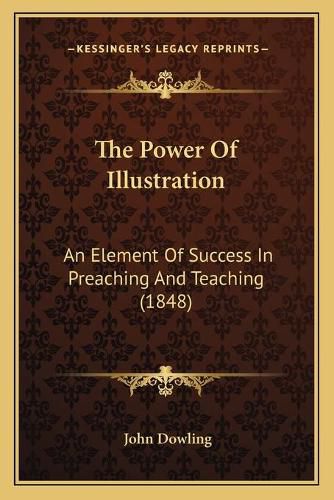Readings Newsletter
Become a Readings Member to make your shopping experience even easier.
Sign in or sign up for free!
You’re not far away from qualifying for FREE standard shipping within Australia
You’ve qualified for FREE standard shipping within Australia
The cart is loading…






Scholarly Paper (Advanced Seminar) aus dem Jahr 2004 im Fachbereich Anglistik - Linguistik, einseitig bedruckt, Note: 1-2 (A-B), Carl von Ossietzky Universitat Oldenburg (Seminar for Anglistics), Veranstaltung: Hauptseminar Semantics of Tense, Sprache: Englisch, Anmerkungen:, Abstract: With the presentation of his theoretical model for the semantic analysis of tenses, Hans Reichenbach (1947: 287 - 298) supplied to linguistic research a tool that has since then been made use of in a large number of publications. His model, consisting of the three core elements point of speech (S), point of event (E), and point of reference ®, has been widely accepted to constitute an appropriate theory for the analysis of the English verbal tenses. Nevertheless, since its first publication, several attempts and proposals for modifications on Reichenbach’s model have been presented.In most of these works, the focus is pointed on research on the past tense. A large number of linguists as well as logicians have proposed modifications concerning different temporal extensions of both reference and event time, interpretations of these two times in terms of definite and indefinite points in time, their relation to each other, and, finally, successive reference points in sentence sequences. Therefore, when Alfred Schopf (1987) presents his proposal, it has a basis of a long tradition of earlier works containing different views and proposing different approaches which can either be followed or rejected. In this paper, Schopf discusses three aspects of the use of the English past tense and refines Reichenbach’s analysis of this tense. First, Schopf explains the information conveyed by an isolated past tense sentence by interpreting it in terms of a search instruction. Secondly, he contributes to the discussion about the progression of the point of reference in a sequence of sentences. Finally, Schopf presents his proposal for an account of the use of the past tense in substitutiona
$9.00 standard shipping within Australia
FREE standard shipping within Australia for orders over $100.00
Express & International shipping calculated at checkout
Scholarly Paper (Advanced Seminar) aus dem Jahr 2004 im Fachbereich Anglistik - Linguistik, einseitig bedruckt, Note: 1-2 (A-B), Carl von Ossietzky Universitat Oldenburg (Seminar for Anglistics), Veranstaltung: Hauptseminar Semantics of Tense, Sprache: Englisch, Anmerkungen:, Abstract: With the presentation of his theoretical model for the semantic analysis of tenses, Hans Reichenbach (1947: 287 - 298) supplied to linguistic research a tool that has since then been made use of in a large number of publications. His model, consisting of the three core elements point of speech (S), point of event (E), and point of reference ®, has been widely accepted to constitute an appropriate theory for the analysis of the English verbal tenses. Nevertheless, since its first publication, several attempts and proposals for modifications on Reichenbach’s model have been presented.In most of these works, the focus is pointed on research on the past tense. A large number of linguists as well as logicians have proposed modifications concerning different temporal extensions of both reference and event time, interpretations of these two times in terms of definite and indefinite points in time, their relation to each other, and, finally, successive reference points in sentence sequences. Therefore, when Alfred Schopf (1987) presents his proposal, it has a basis of a long tradition of earlier works containing different views and proposing different approaches which can either be followed or rejected. In this paper, Schopf discusses three aspects of the use of the English past tense and refines Reichenbach’s analysis of this tense. First, Schopf explains the information conveyed by an isolated past tense sentence by interpreting it in terms of a search instruction. Secondly, he contributes to the discussion about the progression of the point of reference in a sequence of sentences. Finally, Schopf presents his proposal for an account of the use of the past tense in substitutiona